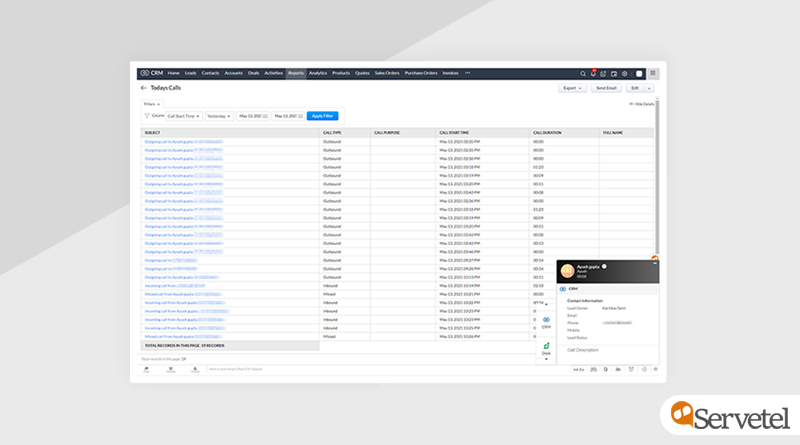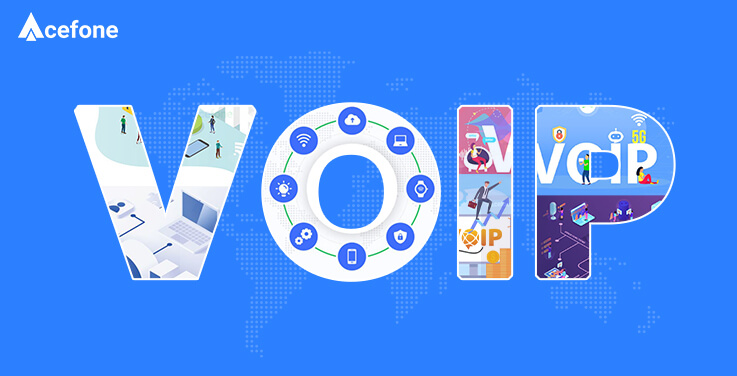Communication plays a crucial role in our personal and professional lives.
It is a fundamental social skill that helps us build and enhance relationships with friends, colleagues, and family members by helping us express our messages and ideas.
In the workplace environment, good communication also helps minimise errors and optimise productivity. Poor communication, on the other hand, results in employees doubting their skills and abilities in the organisation.
In fact, communication is an art. It comes naturally to some, while others struggle to articulate their thoughts and feelings in a conversation.
One can miss out on their dream job, struggle to progress in their career, and lose potential customers and substantial deals due to poor communication skills.
This blog will help you gain a better understanding of effective communication and its importance in a working environment.
What is effective communication?

Effective communication is vital for the success of a business irrespective of its size and domain.
It refers to the process of exchanging ideas, thoughts, and information in such a way that is understood by both—the sender and the receiver.
Effective professional communication includes explaining the company policies to your clients and answering their queries about your products and services.
It improves the relationship between a company and its clients, increases employee engagement, and enhances the overall efficiency of the team.
In simpler terms, the ability to get your message across is the difference between closing a deal and missing out on lucrative business opportunities.
Additionally, effective communication also plays a significant role in a remote working environment. When employees understand their roles clearly, it results in improved performance.
Therefore, management must ensure seamless communication internally to keep all the employees on the same page.
The importance of effective communication

Communication, whether written or oral, plays a vital role in the development of an organisation. It helps you attain your business goals, understand your employees better and perform basic management functions, such as planning, organising, and motivating.
It allows you to facilitate healthy relationships among your team members, provide constructive feedback and increase loyalty towards the organisation.
Thus, management must encourage its employees to adopt good communication habits to boost team spirit and build camaraderie.
Here are some ways effective communication can enhance your workplace environment and help your business thrive:
Improved team building

Honest communication among employees helps build a solid team. In fact, open communication between staff and managers creates a positive work environment and boosts everyone’s morale.
Good communication strengthens relationships, encourages fruitful brainstorming sessions and creates a sense of belonging among employees. It keeps their spirits high, which helps them resolve issues faster and more efficiently.
On the other hand, ineffective communication leads to confusion, misunderstanding and affects teamwork. Thus, the management should listen carefully, mindfully deliver their message and practise ways to communicate effectively.
In simpler terms, when employees are on the same page and have clarity about their work, they go the extra mile to achieve company goals and don’t let you down.
Resolved problems and mistakes

A clash of opinions is inevitable in a working environment, given personality, cultural or linguistic differences between coworkers. Employees may be burdened by an overwhelming workload or frustrated due to personal concerns.
But long-term misunderstandings can be avoided with effective communication.
Effective communication is not just about who is right and wrong. It’s about having an open and honest conversation to ensure everyone’s ideas are heard and needs are met.
On the other hand, displaying a lack of enthusiasm, disrespecting co-workers and seniors, and communicating vague guidelines and instructions comprise poor communication. These create silos and friction between colleagues. And siloed working results in reduced efficiency and collaboration, ultimately hampering the growth of the organisation.
Management can avoid these issues by assigning a mediator who can help with conflict resolution. Another way is to have one-on-one conversations with the parties involved.
Team building exercises like role reversal and identifying points of agreement and disagreement can also help.
A better work atmosphere

Effective communication plays a crucial role in creating a healthy work environment for everyone in the company. It promotes a two-way flow of information between employees and management, which in turn eliminates confusion and frustration.
When employees are allowed to communicate their problems to the management without any fear, they receive effective solutions. This enhances their job satisfaction and performance.
And when managers clearly communicate the business’ targets to their team members, everyone is able to come together and achieve the common goal.
Therefore, expectations must be clearly laid out and leaders must avoid information overload to reduce uncertainty and ensure that everyone understands what is expected from them individually and collectively.
To effectively do so, leaders must connect and engage with colleagues and subordinates regularly. Employees should be encouraged to share their ideas and give feedback on processes to improve systems. Additionally, managers can organise group activities, workshops, team lunches, and run employee satisfaction surveys.
They should also discuss employees’ professional ambitions and endeavour to align individual goals with the company’s goals.
Along with that, managers can attempt to learn more about their team members’ skills and past work experiences. They may discover that their colleagues can actually wear multiple hats at work.
For instance, let’s say that you hire a customer service representative. But when you have an open conversation with them, you learn that they have extensive marketing experience as well. In such a scenario, you can encourage your employee to handle different responsibilities and even take an internal transfer into another department if they are interested in the profile.
Effective communication will help you create a balanced work environment and ensure all employees feel comfortable and satisfied with their work.
Amps up productivity

Effective communication leaves little room for misunderstanding. It helps build good work relationships, improves time management, enhances productivity and fosters staff cooperation.
Open conversations allow managers to assign employees tasks based on their talent, identifying which employee would be best suited for the job. Doing so will improve team effeciancy and employees will take accountability for their work.
For instance, if one of your employees is well-versed with Microsoft Excel, you can ask them to manage spreadsheets. This will help you get work done faster but will also keep your team’s morale up since you won’t have assigned the task to a team member who doesn’t enjoy working with the tool.
Additionally, in a work environment where everyone can express themselves freely and share their opinions, employees tend to suggest out-of-the-box ideas.
All you need to do is cultivate an environment wherein employees feel confident offering innovative solutions without worrying about unhealthy criticism. Encourage them to challenge each other’s ideas and co-develop strategies to refine operations.
Better yet, reward successful innovative ideas by sharing them on social networking sites like Linkedin.
Excellent communication ensures that your employees are aware of their roles and responsibilities. It allows them to be proactive in their work and encourages them to push the boundaries when it comes to their contributions.
Satisfied and happy employees are the best brand ambassadors any organisation can have.
Remember, if your employees can transparently communicate and feel they can grow and flourish, your company will witness growth, both internally and with its customers.
After all, a team that feels good delivers better results.
Conclusion
Communication at the workplace is not a one-way street going from top to bottom. It’s more than that water-cooler gossip, fun work memos, and office banter. It includes clarity, consistency, and commitment to be effective.
And effective communication is the backbone of businesses irrespective of their scale and size. If you can interact freely, honestly and openly with your colleagues, you will promote trust and loyalty amongst your employees.
Thus, shift your focus to building good relationships with your employees. Take measures that enhance the overall efficiency and productivity of your organisation.
At Acefone, we help you build strategies and deploy solutions that can redefine communication at your organisation internally and externally. Contact us at 1888-859-0450 or drop an email at [email protected]!.














































